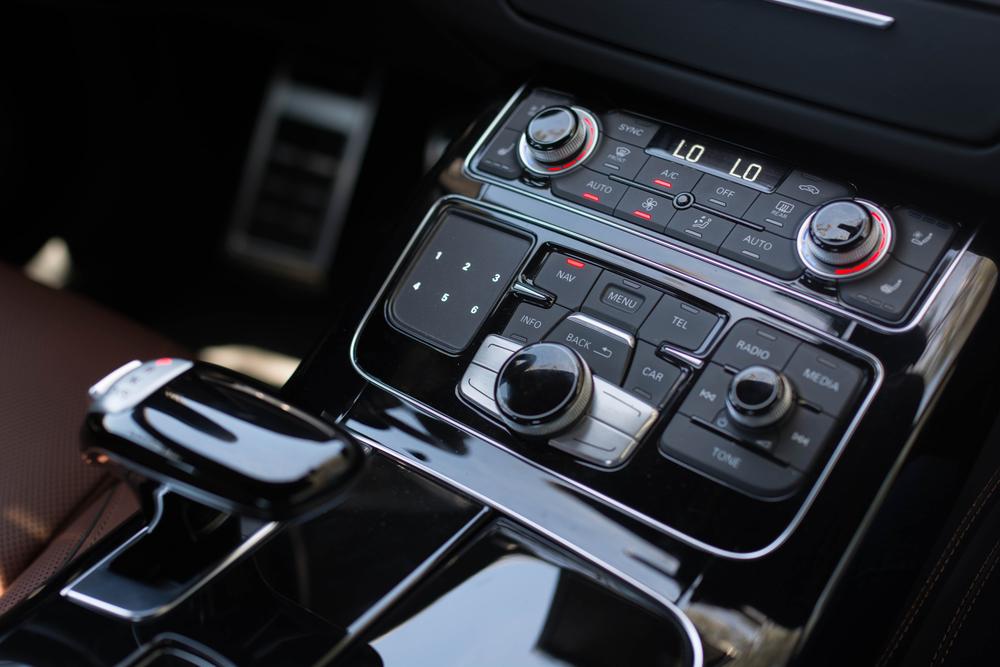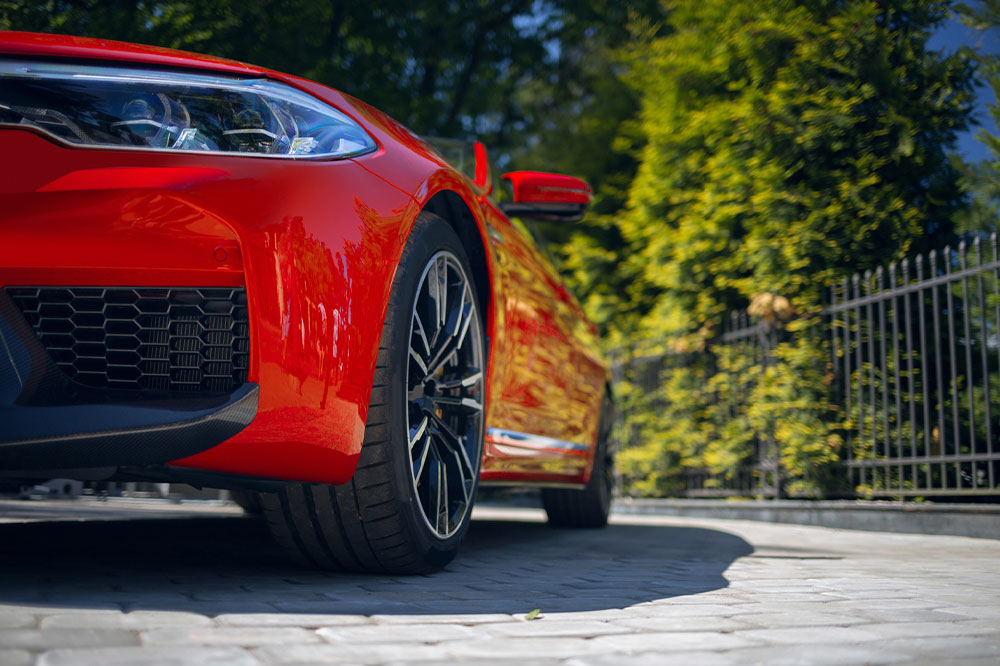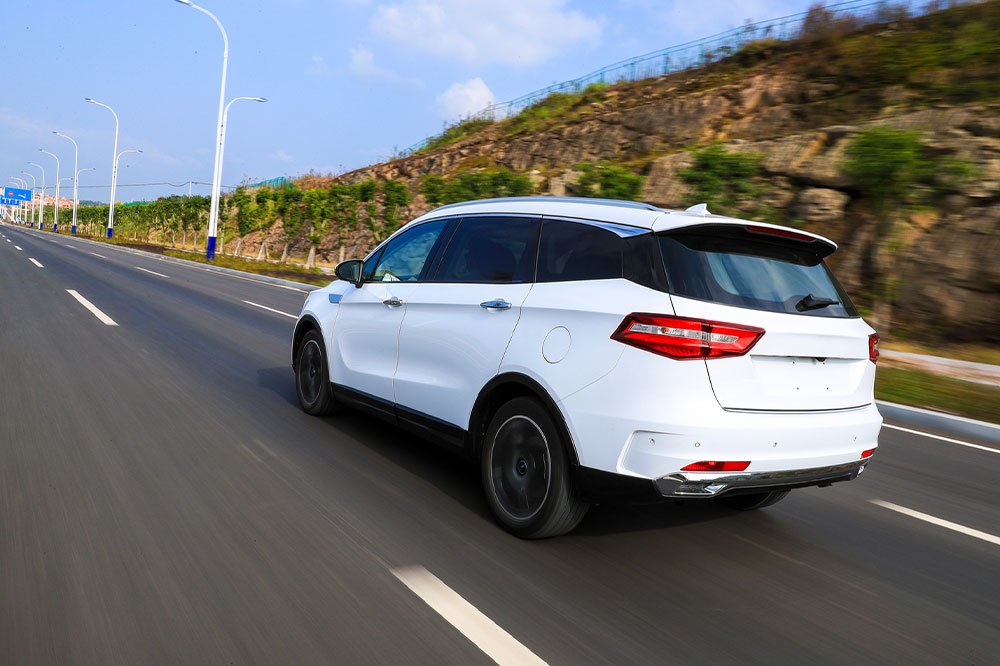Cutting-Edge Innovations in Automotive Electronics and Technology
Explore the latest advancements in automotive electronics, including stress-detecting seats, augmented reality displays, and autonomous parking systems. These innovative features aim to improve safety, comfort, and driving experience, paving the way for smarter, more intuitive vehicles of the future.

Emerging Trends and Innovations in Car and Vehicle Electronics
Automobile manufacturers and tech companies are continuously launching groundbreaking innovations to enhance driving comfort and safety. These advancements focus on user-friendly, intelligent, and intuitive features. Highlights include holographic dashboards, adjustable seats with stress detection, and autonomous parking systems, all designed to elevate the driving experience for enthusiasts and everyday drivers alike.
Stress-Detecting Car Seat
Known as the "Active Wellness Seat," this technology monitors your heart rate to assess stress levels and alertness. If stress is detected, it suggests a relaxing massage, which drivers can accept or decline, promoting safety and relaxation during drives.
This technology allows automakers to focus on maintaining driver alertness and comfort simultaneously.
Mobileye Safety System
This camera-based system helps prevent collisions by providing real-time alerts for lane drifts, tailgating, and potential accidents. It also detects traffic signals, speed limit signs, and lane markings, enhancing safety and driving confidence.
Porsche Mission E
An all-electric concept vehicle, the Porsche Mission E is designed for 250-mile range on a 15-minute charge. Its eye-tracking feature interprets the driver’s gaze to operate specific dashboard elements, making controls more intuitive. This enhances safety by reducing driver distraction and showcasing future automotive electronics advancements.
Toyota FCV Plus
A hydrogen-fueled fuel cell concept, the FCV Plus exemplifies future energy solutions in electric transportation, emphasizing hydrogen’s potential as a clean power source in widespread use.
WayRay Augmented Reality Display
This holographic heads-up display projects vital information onto the windshield visible only to the driver—such as speed, destination distance, and upcoming turns—making navigation safer and more seamless. Augmented reality may soon become standard in vehicles.
BMW 7 Series Key Fob with Color Display
This compact device enables remote engine start and provides real-time vehicle data. Wireless charging via the car’s console enhances convenience, empowering owners to control their vehicle remotely.
Mitsubishi Self-Driving Parking Solution
Designed for tight urban parking, this autonomous parking system simplifies the process of parking between two vehicles, making city driving less stressful, especially in crowded areas.
Tesla Autopilot System
Tesla’s latest Autopilot (version 8.1) incorporates automatic steering, lane changes, collision warnings, and parallel parking. Frequent software updates transform the vehicle into a semi-autonomous system, bringing us closer to fully driverless cars, akin to a mobile entity.










